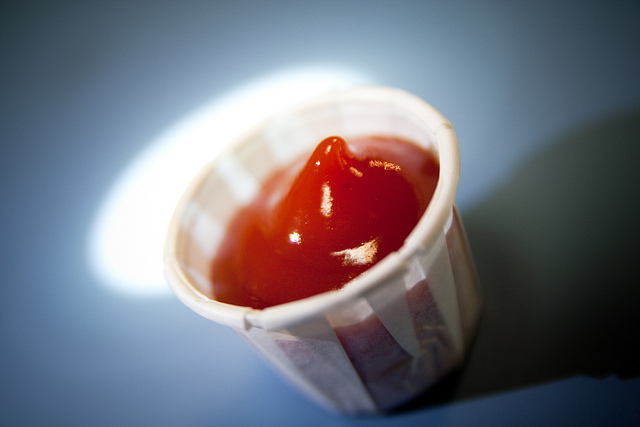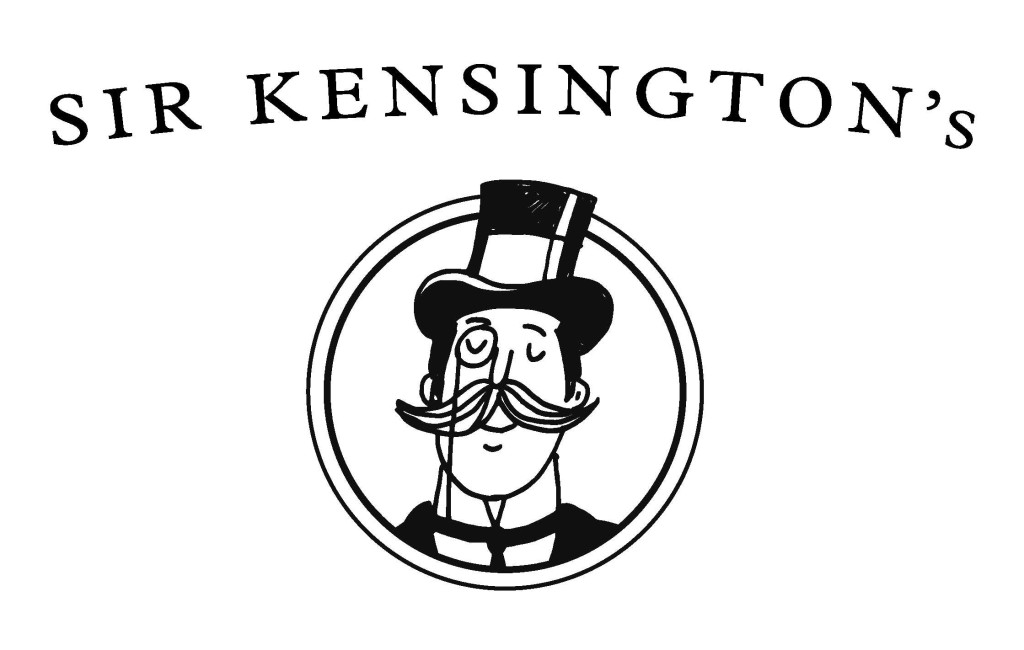When I think of ketchup, the first thing I think of is Heinz. The brand is almost synonymous with the food itself. However, in recent years, Heinz’s monopoly over our country’s favorite condiment is being put to the test. But before we get to the big ketchup rivalry going on today, let’s back up a bit.
Ketchup, the quintessential all-American staple, is not actually American at all. In an article written by Lakshmi Gandhi at NPR, the birth of ketchup is discussed. As it turns out, ketchup has a pretty interesting history.
A professor at Stanford University, Dan Jurafsky, traced the origins of our beloved tomato-based sauce to the Fujian province of China. Known as ke-tchup, kôechiap, or kê-tsiap, this original version of ketchup was first made out of pickled fish.
Imagine getting a nice jar of fermented fish sauce at a restaurant and slathering that all over your burgers. Not exactly my cup of tea.

Photo courtesy of Steven Depolo on flickr.com
A commonly held theory is that ketchup was revolutionized in the American colonies with the addition of the tomato. Apparently the fermented fish sauce that was masquerading as ketchup back in Europe did not include tomatoes. It was only when the settlers came to the New World that tomato ketchup was born – at least a version of tomato ketchup.
Enter Henry J. Heinz, the brilliant entrepreneur who changed the face of ketchup forever. He had the forethought to think of glass bottles and preservative-free ketchup. Before him, preservation had proven to be a bit tricky. Let’s just say that mold, spores, and coal tar were involved. Yummy.
Luckily, Heinz left out the coal tar and created a legacy based on pure tomato ketchup. Since 1904, when his chief food scientist developed the recipe for preservative-free ketchup, no man, no company, no condiment has been able to compete with Heinz.
That is, until now.

Photo courtesy of foodforce.com
Say hello to Sir Kensington’s. Where so many other companies have tried and failed to contest the Heinz monopoly over ketchup, Sir Kensington’s has thrived. Since its establishment in 2008, the company’s organic, all-natural, non-GMO ketchup has swept across the nation.
In fact, you may have seen the mustachioed and monocle-wearing fancy man (the Sir K. mascot) featured prominently at Whole Foods Market, Safeway, The Ritz-Carlton, the Spotted Pig, and many other well known and wildly fantastic restaurants, hotels, and stores. In an obvious jab at Heinz, Sir Kensington’s aims to “disrupt one of the last remaining American monopolies.” They certainly have their work cut out for them.

Photo courtesy of Celia Sin-Tien Cheng on nwitimes.com
Being the change-averse, diehard ketchup fanatic that I am, trying this new product was an experience that I took very seriously. I am happy report that I not only survived, but I came out the other side a Sir Kensington’s convert – and I’m not the only one.
In a blind taste test conducted by Zagat, four out of five people preferred Sir Kensington’s to Heinz Ketchup. Many people in the video attribute its success to the more natural consistency, look, and taste. Unlike Heinz, Sir Kensington’s Ketchup has a slightly more acidic and peppery flavor and a less processed texture. These are all things I can definitely get on board with.
But this war is only just beginning. We’ll see who ends up on top. Check out a list of all of Sir Kensington’s products. That’s right people – they make mayonnaise and mustard, too.

